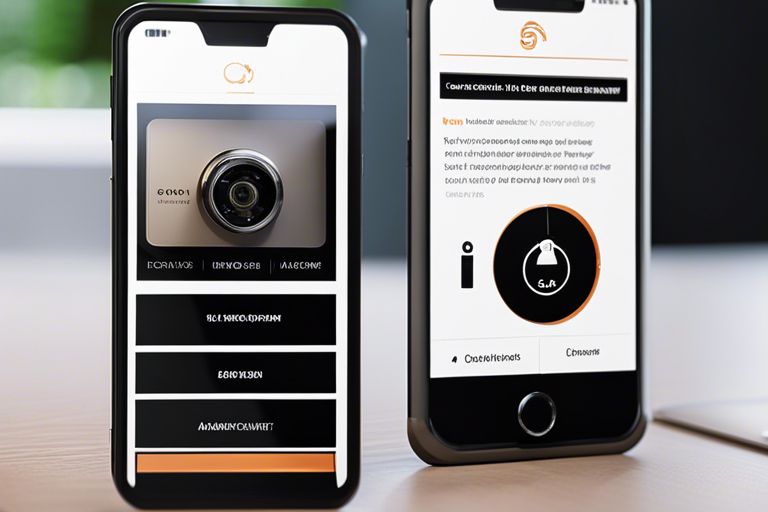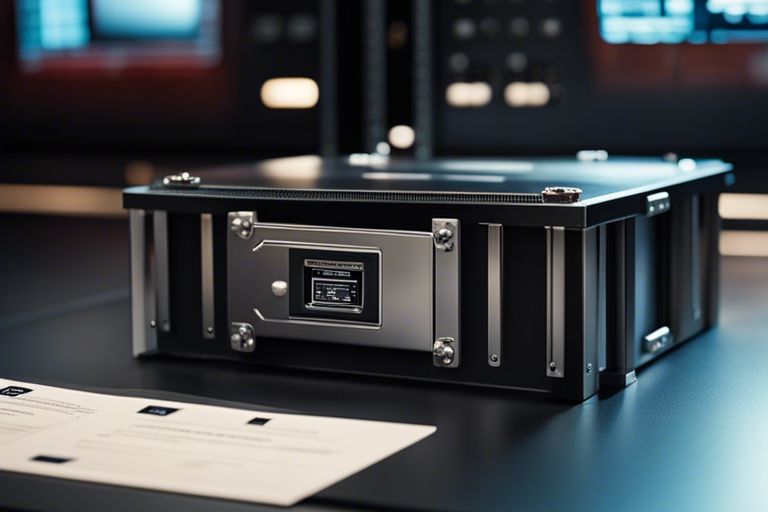This blog post will examine into the intricate world of seamlessly integrating home automation and security systems. With the rise of smart home technology, the need for a cohesive and streamlined approach to controlling and safeguarding our homes has become increasingly vital. By uncovering the secret to harmoniously blending automation and security features, homeowners can enjoy enhanced convenience, efficiency, and peace of mind. Let’s explore the key factors and solutions that pave the way for a well-integrated and foolproof home automation and security setup.
Key Takeaways:
- Choose an Integrator: Work with a professional integrator who has experience in both home automation and security systems.
- Compatibility is Key: Ensure all components of your home automation and security systems are compatible to allow for seamless integration.
- Centralized Control: Opt for a centralized control system that allows you to manage both automation and security features in one place.
- Smart Sensors: Invest in smart sensors that can detect both security breaches and environmental changes for comprehensive protection.
- Regular Maintenance: Schedule regular maintenance checks to ensure all systems are functioning correctly and to address any potential issues promptly.
Foundations of Home Automation and Security
A well-designed home automation and security system is built on a foundation of key principles that ensure seamless integration and optimal performance. Understanding the basics of home automation and security is crucial for homeowners who want to create a safe and smart living environment.
Understanding Home Automation Basics
Home automation involves the use of technology to control and automate household systems such as lighting, heating, ventilation, air conditioning, appliances, and security cameras. It allows homeowners to remotely monitor and manage their home environment, improving convenience, energy efficiency, and security.
By integrating smart devices and sensors, homeowners can create customized schedules, trigger automated responses, and receive real-time notifications about the status of their home. Understanding the fundamental concepts of home automation is the first step towards creating a connected and efficient living space.
The Essentials of Home Security
One of the key components of a comprehensive home automation system is security. The essentials of home security include features such as smart door locks, motion sensors, security cameras, and alarm systems. These components work together to safeguard the home against intruders, monitor activity, and provide peace of mind to homeowners.
Plus, integrating security devices with automation technology allows for seamless control and monitoring from a single interface, whether at home or on the go. By prioritizing home security as an essential aspect of automation, homeowners can create a safe and protected environment for themselves and their families.
The Integration Process
Assuming you have decided to streamline your home automation and security systems, the integration process begins with a thorough assessment of your home’s technology needs. This step is crucial in understanding the existing setup and the desired outcome of the integration.
Assessing Your Home’s Technology Needs
On your journey to seamless integration, it is essential to evaluate the current devices and systems in your home. Identify areas where automation can enhance security measures and improve overall efficiency. Consider factors such as the size of your home, the number of entry points, and the level of control you desire over your security system.
Systems that are already in place, such as smart thermostats, lighting controls, or CCTV cameras, should be taken into account during the assessment. Understanding how these devices can work together to create a cohesive automation and security network is key to a successful integration.
Choosing Compatible Devices and Systems
With a clear understanding of your home’s technology needs, the next step is to select compatible devices and systems that can seamlessly integrate with each other. Compatibility is crucial to ensure that all components can communicate effectively and work together towards a common goal.
Implementation and Best Practices
Not only does the integration of home automation and security provide convenience and peace of mind, but it also enhances the overall safety and efficiency of your home. To ensure a seamless integration, it is crucial to follow some best practices and guidelines.
Step-by-Step Guide to Seamless Integration
Guide your way through the implementation of home automation and security by following these step-by-step instructions:
| Step | Description |
| 1 | Assess your home security needs and automation goals. |
| 2 | Choose reliable and compatible automation and security systems. |
| 3 | Install and configure your devices following manufacturer’s guidelines. |
| 4 | Integrate your devices using a central smart home hub for control. |
| 5 | Test the system to ensure all components work together seamlessly. |
Following these steps will help you achieve a seamless integration of home automation and security systems, providing you with a connected and secure home environment.
Troubleshooting Common Issues
Guide yourself through common issues that may arise during the integration process to ensure a smooth experience:
Common issues such as connectivity problems, device compatibility issues, or improper configurations can be easily resolved by following troubleshooting steps provided by manufacturers or seeking assistance from technical support.
Best practices in troubleshooting include identifying the root cause of the issue, checking for software updates, and ensuring proper communication between devices for seamless integration.
Enhancing Your System
After setting up your home automation and security system, the next step is to enhance its capabilities for optimal performance and convenience. By exploring advanced features and future-proofing your setup, you can ensure that your system stays up-to-date and meets your evolving needs.
Advanced Features for Automation and Security
Features:
| Smart Sensors | Integrate sensors that can detect a wider range of environmental changes, such as air quality and water leaks, to enhance safety and efficiency. |
| Voice Control | Enable voice commands for hands-free control of your home automation devices, providing a convenient way to manage your system. |
| Geofencing | Set up geofencing capabilities to automatically adjust home settings based on your location, offering seamless transitions as you come and go. |
Exploring these advanced features can take your home automation and security system to the next level, offering increased functionality and customization options to suit your lifestyle.
Future-Proofing Your Home Setup
Your home setup can benefit from future-proofing measures that ensure your system remains relevant and effective in the long run. By investing in flexible and scalable solutions, you can adapt to new technologies and trends without the need for frequent overhauls.
With rapid advancements in home automation and security technology, staying ahead of the curve is essential to maximize the value of your investment. Future-proofing your setup allows you to seamlessly integrate new features and devices as they become available, keeping your home smart and secure for years to come.
Conclusion
On the whole, the seamless integration of home automation and security lies in carefully planning and implementing a system that prioritizes communication and compatibility between devices. By selecting compatible products, ensuring proper installation, and utilizing centralized control systems, homeowners can achieve a comprehensive automation and security setup. This integration not only enhances convenience and efficiency but also strengthens the safety and protection of the home. Understanding the importance of compatibility and functionality is key to unlocking the full potential of home automation and security integration.
FAQ
Q: What is home automation?
A: Home automation refers to the use of technology to control and automate household systems such as lighting, heating, ventilation, air conditioning, appliances, and security systems.
Q: What is home security?
A: Home security involves the use of devices and systems to protect homes from intruders, detect emergencies such as fires or floods, and monitor the property for suspicious activities.
Q: How can home automation and security be seamlessly integrated?
A: Home automation and security can be seamlessly integrated by using smart devices and platforms that allow you to control both systems through a single interface or app.
Q: What are the benefits of integrating home automation and security systems?
A: Integrating home automation and security systems provides convenience, peace of mind, energy savings, and increased efficiency in managing your home environment.
Q: What are some examples of devices that can help integrate home automation and security?
A: Devices such as smart locks, security cameras, motion sensors, smart thermostats, and lighting control systems can all contribute to the seamless integration of home automation and security.






